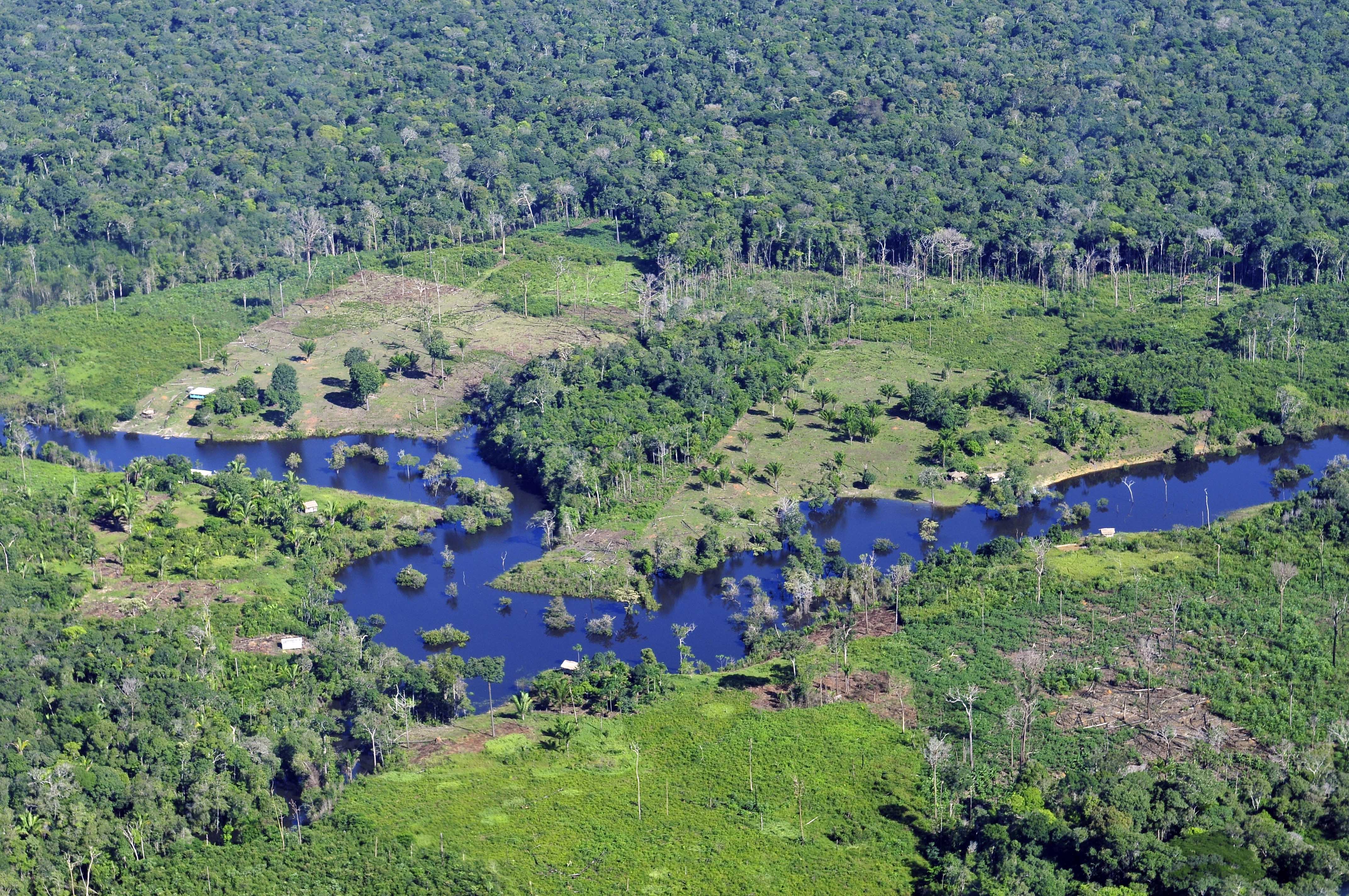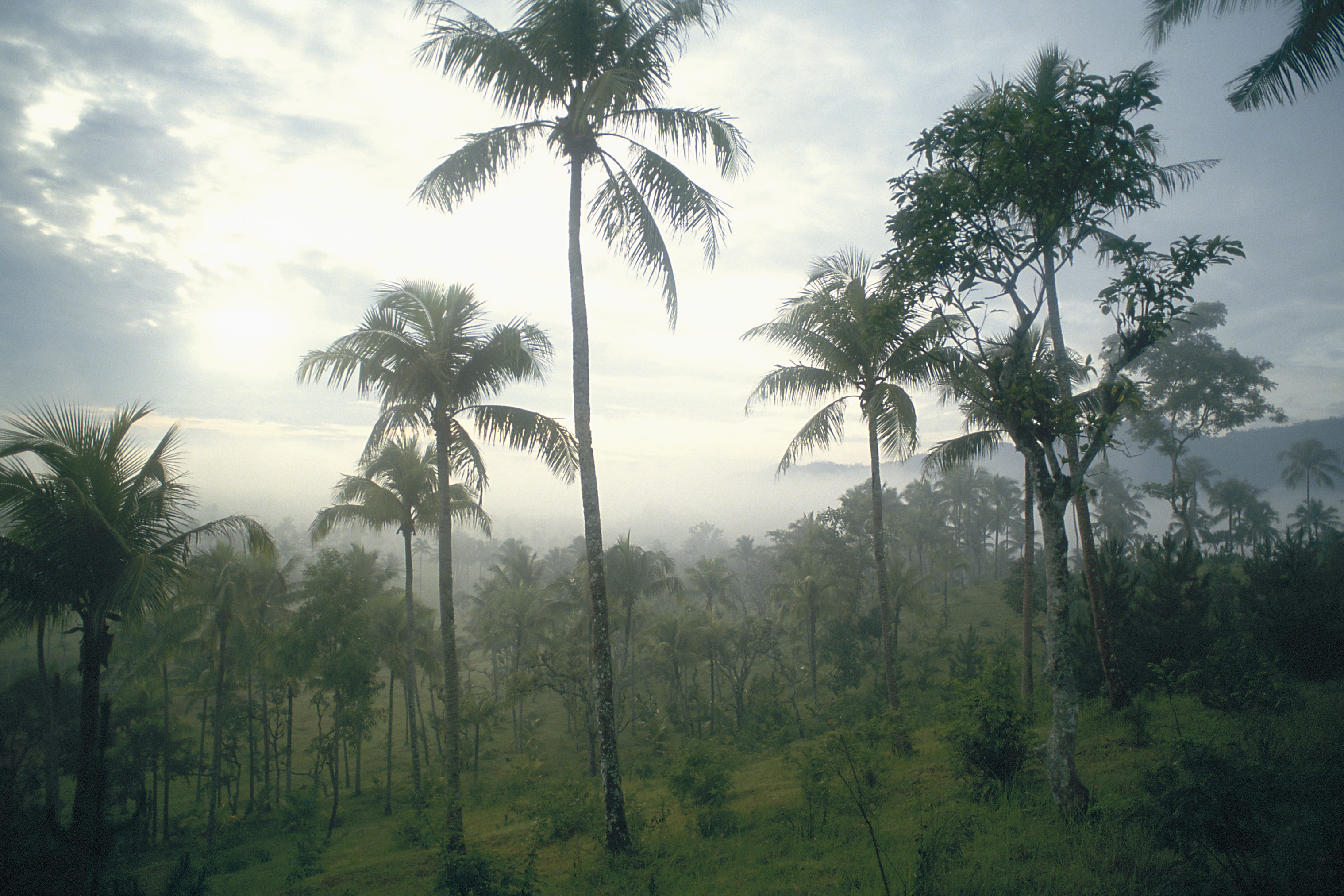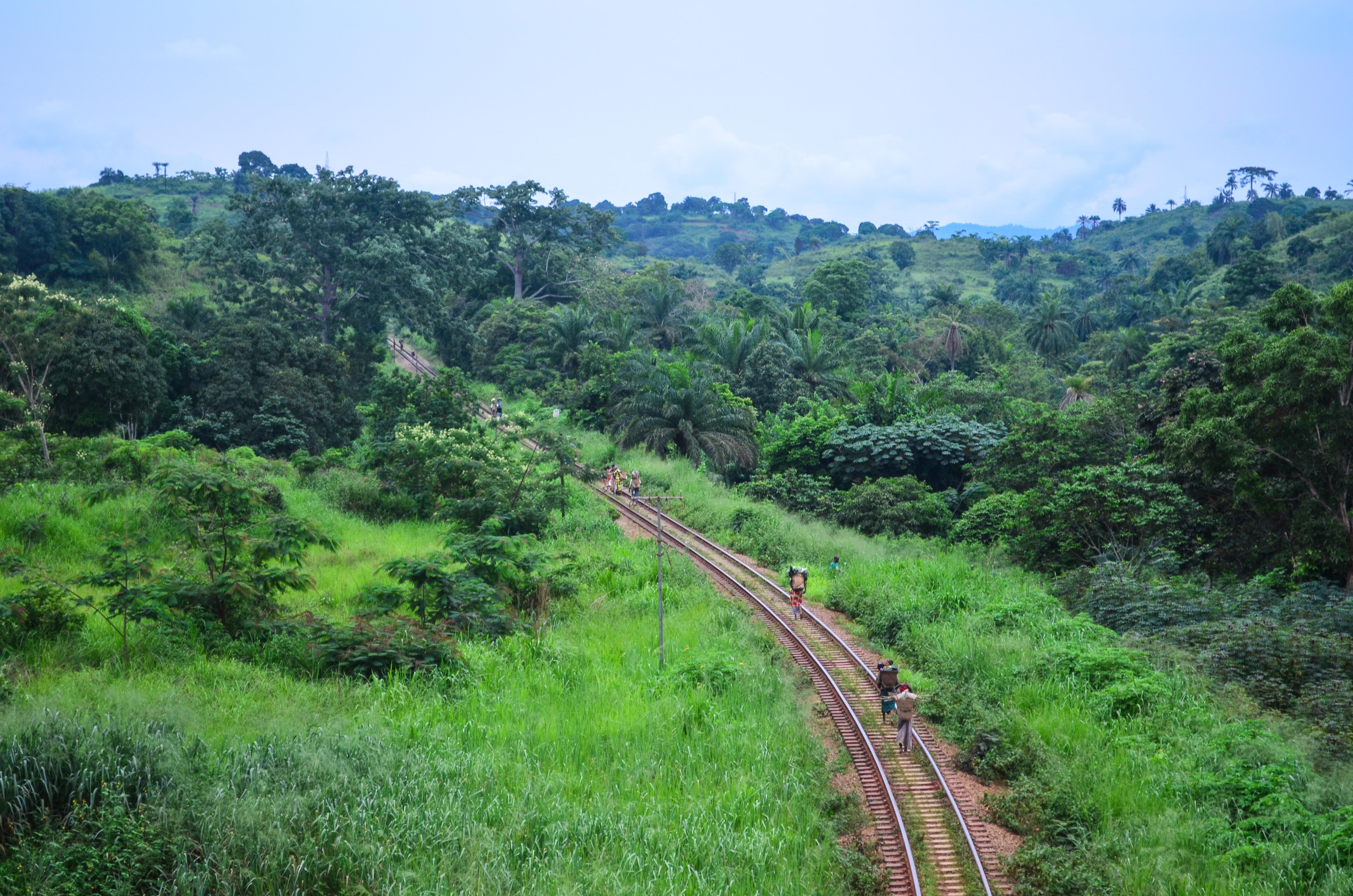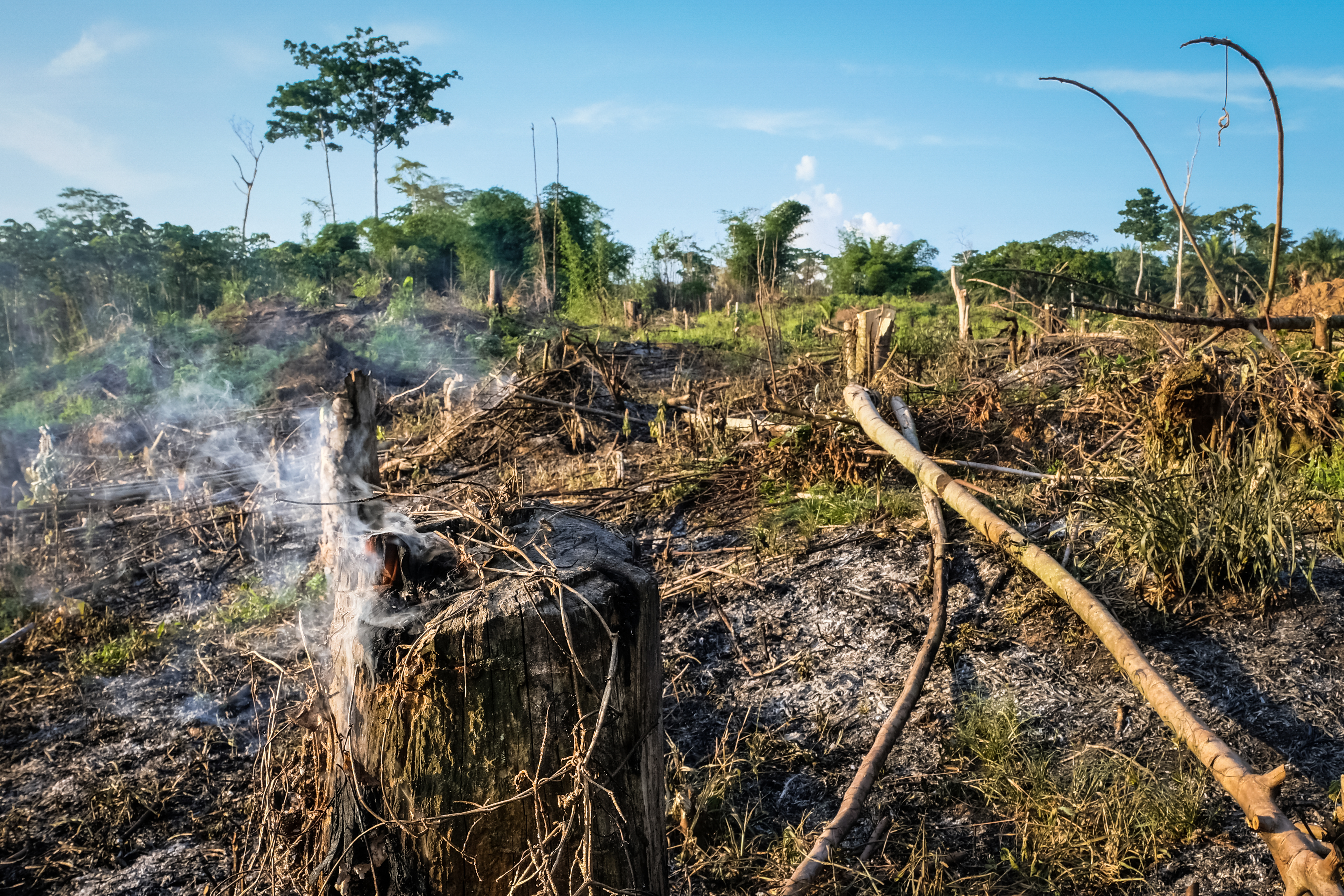Tropical rainforests may be near a tipping point beyond our control
Deforestation may work like diseases: uncontained, it can win
Hudsӧn / Flickr
The planet is losing an estimated 80,000 acres of tropical rainforest every day. And while that amount of deforestation – more than twice the area of Costa Rica each year – seems like it could result only from a colossal bulldozer plowing across an entire continent of forestland, the reality on the ground is anything but uniform.
In the Amazon, Congo, and Indonesia, the three regions that are home to nearly all of the world’s tropical rainforests, the human motivations behind and methods of deforestation are entirely distinct. In South America the most significant driver of forest loss is the need to clear land for industrial-scale agriculture and ranching, so huge swaths of forest are burned into oblivion by human-set wildfires. In Southeast Asia, on the other hand, the high price of timber in the global market makes clear-cutting a lucrative venture. In Africa, deforestation lacks this industrial scale, but is more haphazard as small farmers clear land in piecemeal efforts to plant subsistence crops.
The net result is that the rainforests of today’s post-industrial world are more like millions of tiny, isolated patches of forest than the massive stretches of jungle that blanketed the tropics for millennia. The ramifications echo far beyond sentimental conservation – these forest fragments collectively emit 31 percent more greenhouse gases to the atmosphere than intact rainforests, even after accounting for emissions from deforestation. In addition, numerous plants and animals that call the tropical rainforests home, and that inspire pharmaceuticals for human medicine, have struggled to adapt to patchwork forests, and so face extinction.

The Amazon
CIAT / Flickr
These forest patches in the Amazon, Congo, and Indonesia were created in different ways, so it seems inevitable that the complex forest mosaics left behind by deforestation are unique across the regions. Yet a new study, published in Nature last month, found that despite the differences in where, why, and how rainforests are destroyed, from a mathematical perspective the resulting mosaics look essentially the same. And, ominously, the math suggests that tropical rainforests may be nearing a tipping point beyond which deforestation will spiral out of human control.
The key to this warning is a mathematical concept called percolation theory. Percolation theory may not sound familiar – it lacks the fame of the Big Bang theory or evolution – but like gravity, it seems to apply ubiquitously in the natural world. At its simplest, the theory seeks to describe how structures that repeat themselves in nature, like ice crystals in near-freezing water, cliques in a social network, or clouds across the sky, behave when subjected to an outside change. The equations derived from percolation theory seem to fit nearly everywhere scientists look: they’ve been applied to phenomena as disparate as earthquakes, epidemics, and forest fires.

Indonesia
Club Med UK / Flickr
But there’s a common thread: all of these phenomena have a so-called critical point, a point beyond which behavior transforms from moving slowly and steadily to moving all at once. Take disease, for instance. When only a few people are sick, the infection can spread – but only slowly, a few people at a time. However, percolation theory states that once the number of people infected surpasses the critical point, the disease is almost certain to rapidly infect the rest of the population. In the case of deforestation, the critical point represents the point beyond which forests will shift from human-caused destruction to self-collapse, as forest fragments shrink and die due to the inherent instability of small forests fragments.
Now, it appears that the same equations fit the fragmented remains of the planet’s great rainforests. And that we’re getting close to the critical point.
This unexpected finding came about when researchers, led by mathematician Franziska Taubert, began combing through satellite images of the world’s entire remaining stock of tropical rainforest. But rather than simply count up the total area of intact forest that remains across millions of individual fragments, they counted the fragments themselves: how many there were and how much area each covered. While they expected to come away with different equations describing these rainforest fragments for each continent, they found instead that, across the world, the proportion of tiny fragments to large fragments was the same. Even more interesting, that proportion was exactly the ratio predicted by percolation theory.

Congo
jbdodane / Flickr
They followed the thread, developing a computer simulation of deforestation based on the equations, derived from percolation theory, and current rates of rainforest loss. The simulation results exactly matched the patterns Taubert and his team observed from the satellite data. The advantage of the simulation, though, was that it could go one step further – it could identify the level of deforestation that would push the world’s rainforests past the critical point. The result: at current rates of deforestation, tropical rainforest are only several years’ worth of deforestation away from smashing through the critical point.
To get a sense of what happens once deforestation surpasses the critical point, the research team played out their simulations in the Amazon basin. Just as in the case of an epidemic, the simulations predicted that the scale of deforestation would increase exponentially once the forest began to collapse on itself. By 2050, without an end to human deforestation, the overall area of the Amazon rainforest was predicted to drop by half. Even in a scenario in which reforestation was undertaken, but without concerted efforts to end deforestation, the rainforest fared little better.

Deforestation in Congo
CIFOR / Flickr
That's a bleak forecast considering how essential massive rainforests are to the planet as we know it. A 2015 study suggested that losing the world's tropical rainforests could not only cause nearly a degree of atmospheric warming, but could also dramatically alter rainfall patterns around the world. Without rainforests to serve as an atmospheric sponge around the equator, places as distant from the tropics as the United States' corn belt could see drought become commonplace. Closer to where the forests once stood, fires will run rampant as the land dries up. Tropical soils, without trees to turn over nutrients, will turn toxic to agriculture.
However, Taubert's team identified one scenario that offered a glimmer of hope. When the simulations assume that deforestation is phased out over the next decade and replaced with reforestation programs that increase each year, the Amazon would lose only one-quarter of its area over the next 30 years.
And while that still represents a staggering amount of lost rainforest, this outcome nonetheless demonstrates the immense power of conservation efforts to direct the future of the world’s rainforests. In that vein, this research and percolation theory itself are warnings, rather than death knells for tropical rainforests. Without action, both grassroots and government-driven, the time will come when rainforest fragments begin to collapse on themselves and it is too late to undo the damage. But that time has not yet passed.
Peer Commentary
Feedback and follow-up from other members of our community
Laura Mast
Environmental Engineering
Georgia Institute of Technology
I think the bit about how rainforests have a significant impact on global rainfall patterns is key. Sometimes it’s easier to keep mental distance from issues that feel physically far away, as Anna Robuck aptly pointed out in an article earlier this month.
I hope we can start to internalize these consequences before they end up in our backyard – that we can start working on reforestation projects before the US corn belt gets hit by drought – but I worry about “threat fatigue.”
Are there governmental/grassroots groups at work on this? Are they making progress? Is it enough?
Great point about threat fatigue. Unfortunately it’s hard to avoid in an era of global experimentation, so on some level maybe it’s worth prioritizing based on the evidence that some consequences will be really difficult to go back on.
As for progress, it depends where you look. Deforestation has slowed (except for the past two years) in the Amazon, but has remained relatively steady and fast in Indonesia. There are a ton of groups working on this, but I think the example of Brazil’s reduced deforestation, which came from years of government-driven change, demonstrates it really takes a concerted effort on the part of the local government - and Indonesia has no such concerted effort.